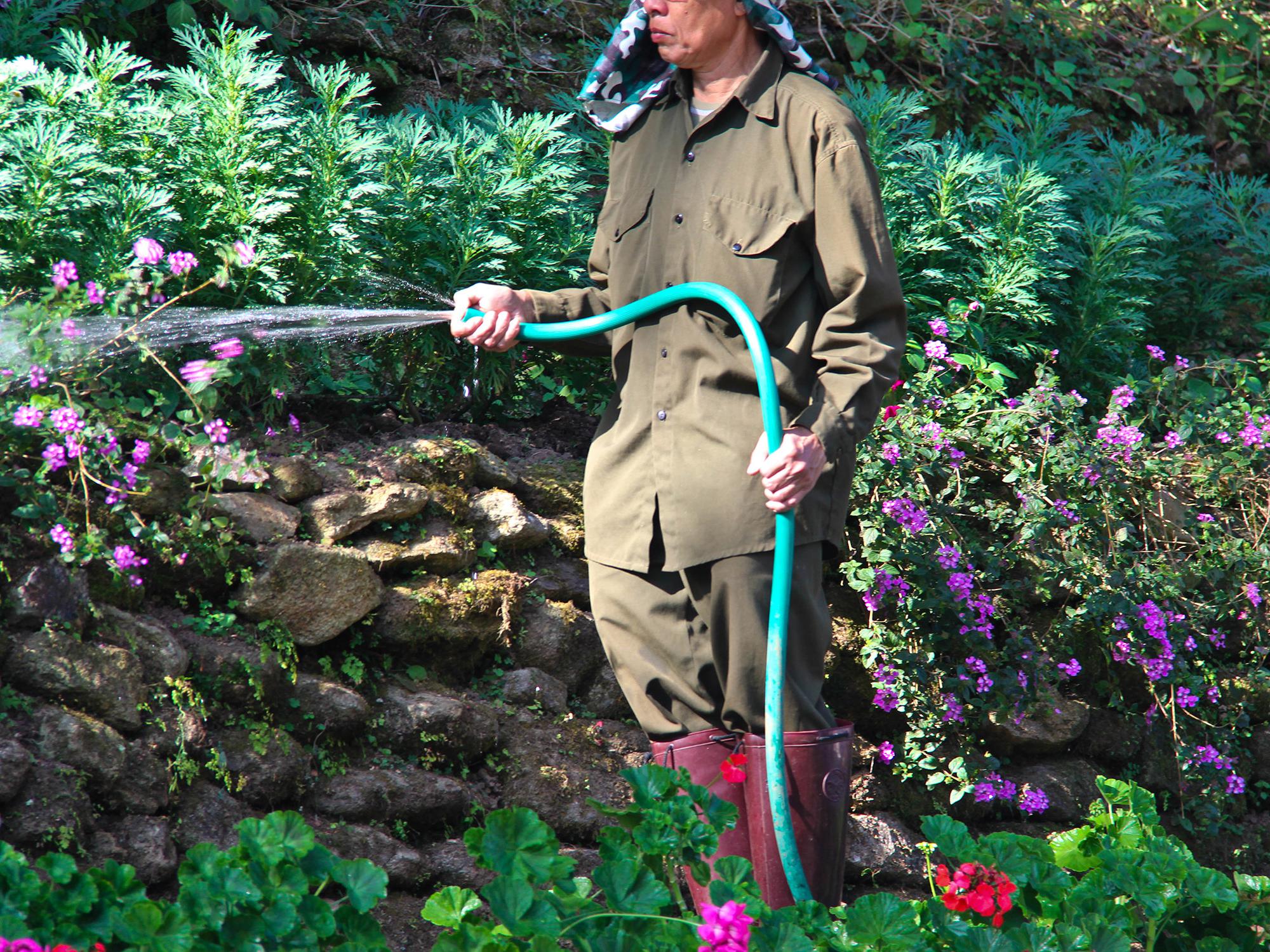Information Possibly Outdated
The information presented on this page was originally released on March 9, 2018. It may not be outdated, but please search our site for more current information. If you plan to quote or reference this information in a publication, please check with the Extension specialist or author before proceeding.
Water conservation begins with knowledge
STARKVILLE, Miss. -- How much water do we use each day? This may sound like a simple question until we consider the direct and indirect ways we use water.
Direct water use includes the indoor and outdoor water that we physically use when we turn on a faucet in our bathrooms, kitchens or gardens. It is what most of us think of when we are asked how much water we use, but the truth is that we consume a lot of water indirectly too.
Indirect or virtual water use is the water we consume through the products we buy, the energy we use and the food we eat. A 2004 research report determined the virtual water consumed in everyday products. It calculated that we use about 37 gallons of water to produce one cup of coffee, 635 gallons to make a hamburger (including bread, meat, lettuce and tomato), and about 13 gallons to grow an orange.
It helps to know how you use and interact with water to know how you can help conserve it. There are several web-based tools to calculate your water footprint, which is the amount of water used by an individual, household, business or country, as well as the amount it takes to produce a product. Water footprint calculators work by walking you through a series of questions about your daily water use and consumer habits (or your household’s). The calculator then determines about how much water you consume daily.
The average U.S. citizen uses about 2,220 gallons of water directly and indirectly each day, according to the GRACE Communications Foundation Water Footprint Calculator. Individuals in Australia consume about 1,156 gallons of water per day directly and indirectly; in the United Kingdom, 910 gallons; and in China, 775 gallons.
Direct use in the household accounts for an average of 100 gallons of daily water use in America. Due to a severe drought and water shortage, citizens of Cape Town, South Africa, are being asked to use only 13.2 gallons of water a day. Imagine how your daily activities might change if you could consume only 13.2 gallons of water each day.
Our personal choices have tremendous impacts on protecting and conserving our water resources. Conservation is important because our water resources are shared to meet many different needs. For example, we use water not only for drinking and domestic needs, but also to support recreation, transportation, industry, aquatic life and agricultural irrigation.
Easy ways to practice water conservation include reducing indoor and outdoor water use by fixing leaks, installing low-flow faucets, running your dishwasher and clothes washer only when they are full, and watering plants and lawns only when necessary and always during the cooler parts of the day. Other actions include wasting less food, eating lower on the food chain and changing your diet to include less processed foods. Saving energy saves water, too, so reducing household electricity and gas use also cuts water use.
For more information on water footprints or to calculate your own, visit http://www.watercalculator.org. For more information about water conservation, contact Beth Baker with the Research and Education to Advance Conservation and Habitat program at MSU at 662-325-7491 or [email protected].

Editor’s Note: Extension Outdoors is a column authored by several different experts in the Mississippi State University Extension Service.




